What Is Classified as Commercial in Construction?
Learn what makes a building commercial in the UK, the legal definitions, typical types, and why classification matters for compliance, contracts and financing.
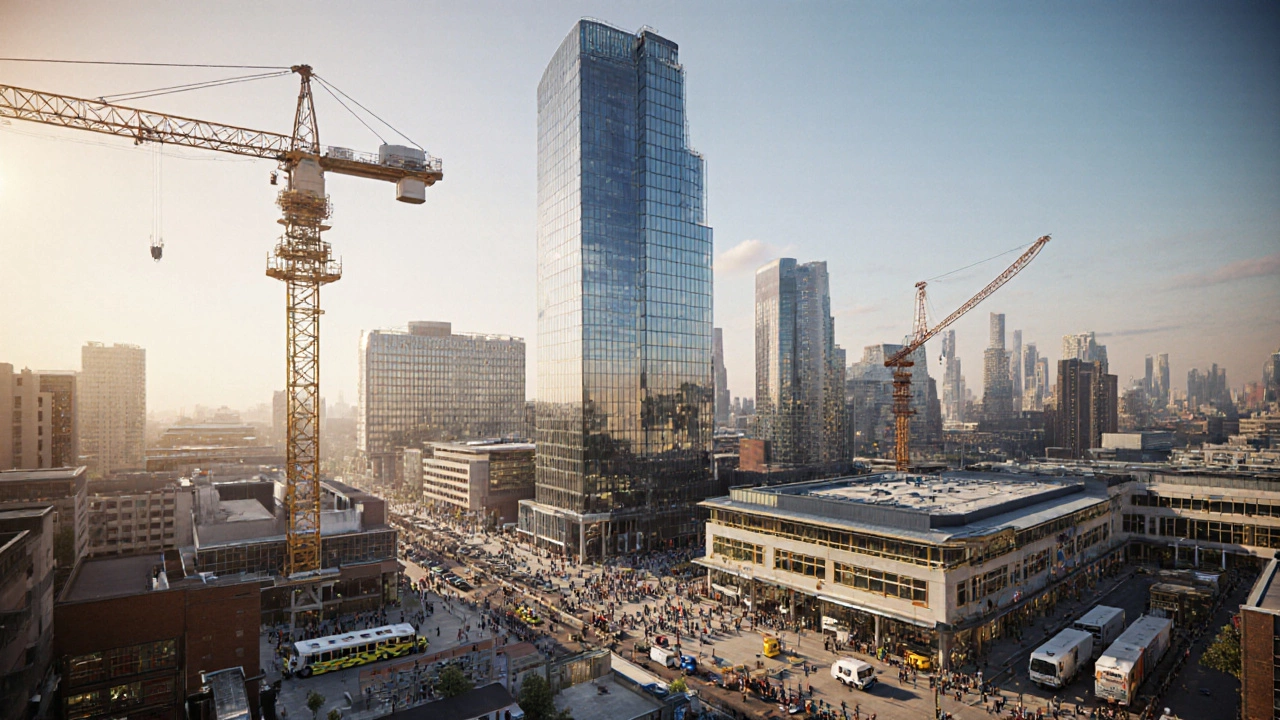
16 October
Learn what makes a building commercial in the UK, the legal definitions, typical types, and why classification matters for compliance, contracts and financing.
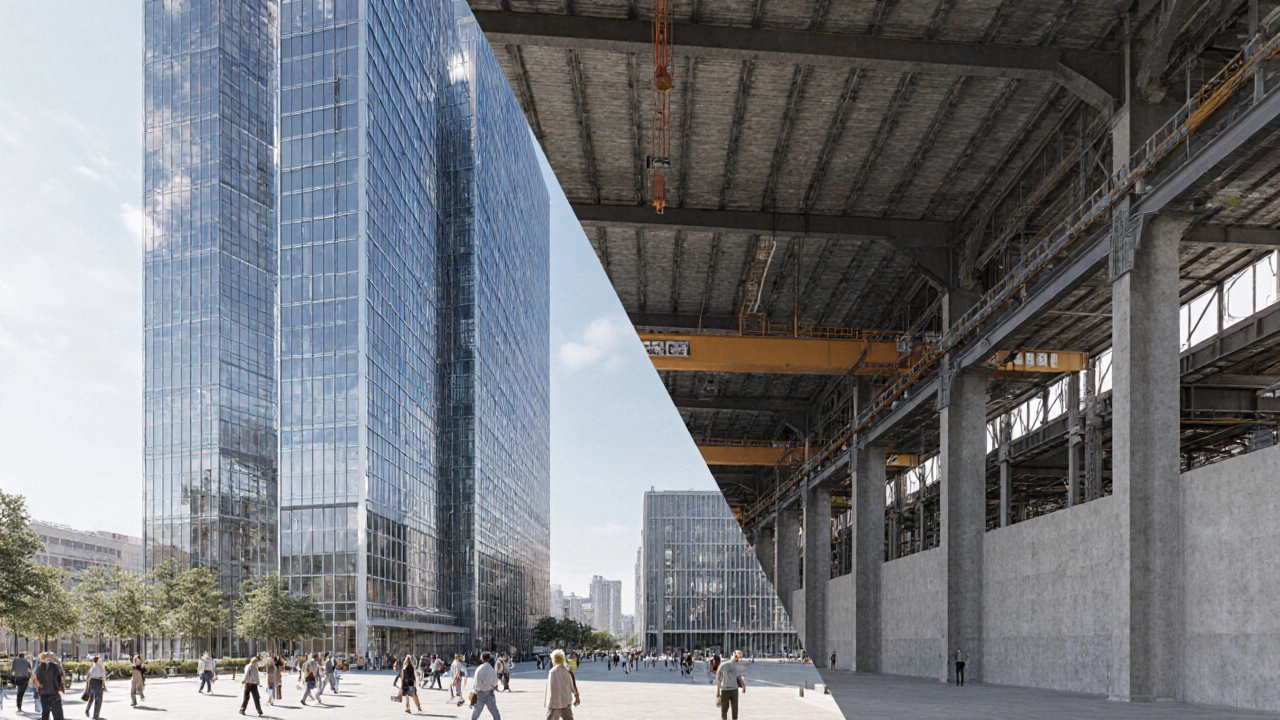
10 October
Explore the key distinctions between commercial and industrial construction, covering design focus, regulations, costs, timelines, and real‑world examples.

8 August
Unpack the true differences between civil and commercial construction. Learn facts, get clarity on legal terms, and see where real-life projects fit in.
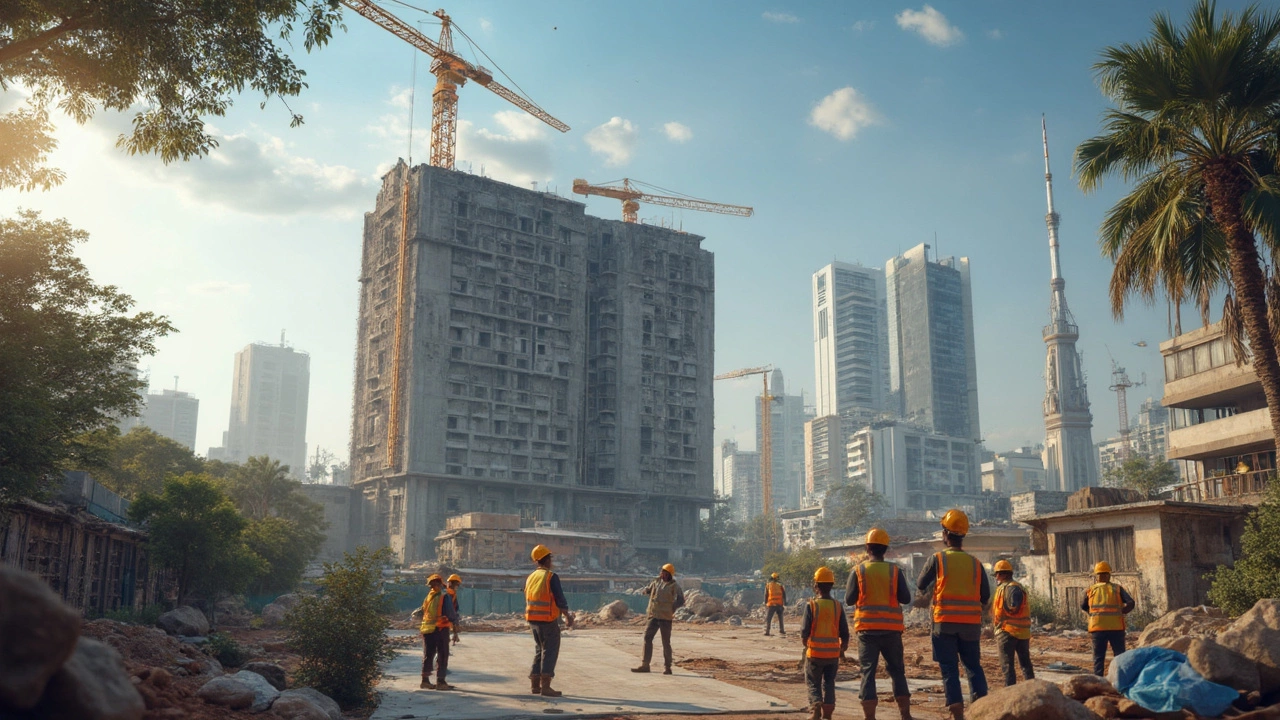
8 June
Wondering what counts as 'commercial' in the eyes of the federal government? This article breaks down the real meaning of 'commercial' for construction projects, including legal definitions, practical examples, and why this matters for anyone planning to build or remodel. Get tips on how federal and local rules can differ, and how to stay out of trouble with permits and code compliance. You’ll find surprising facts on the kinds of buildings that do and don’t get classified as commercial. Perfect for business owners, property investors, and industry pros.
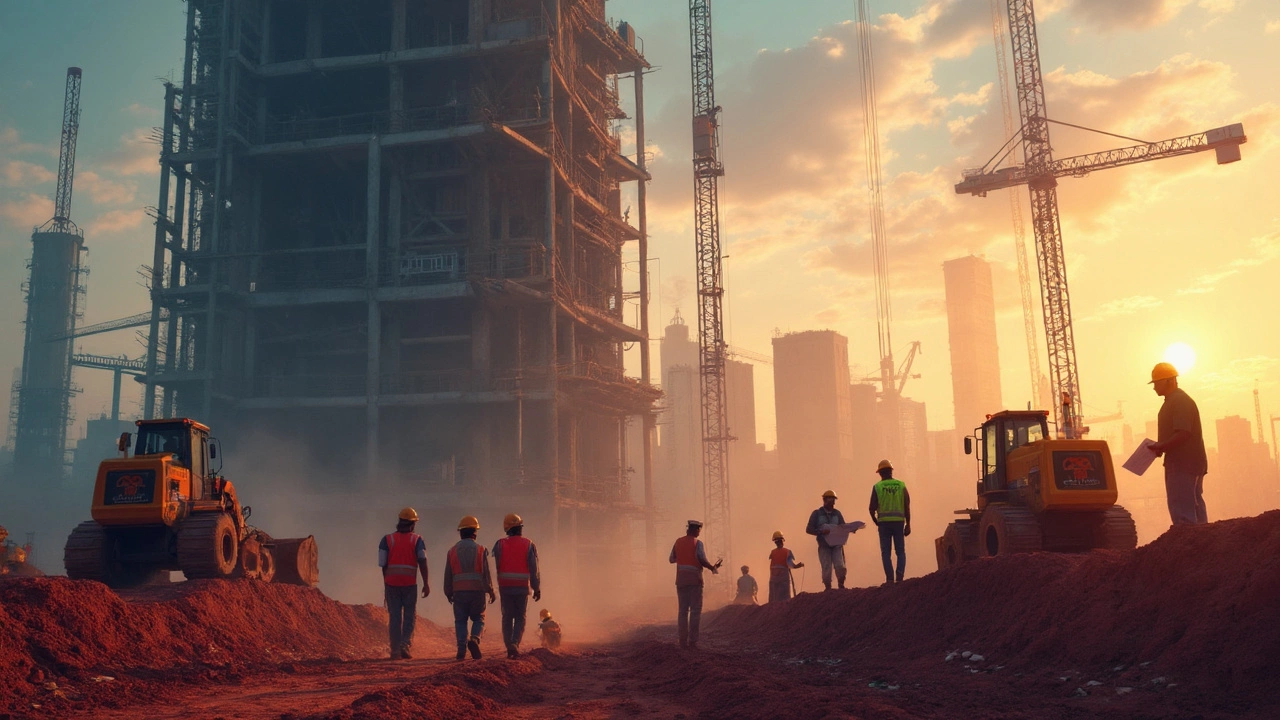
18 May
Civil construction covers all the hard work that goes into getting commercial buildings off the ground—literally. It includes things like site prep, earthmoving, laying underground utilities, building roads, and putting up concrete and steel structures. Without it, office towers and warehouses wouldn't have solid ground to stand on. This article breaks down what civil construction really involves and shares real-life tips for anyone tackling a commercial build. You'll come away knowing what to expect and what to watch out for when commercial projects start with dirt and gravel.
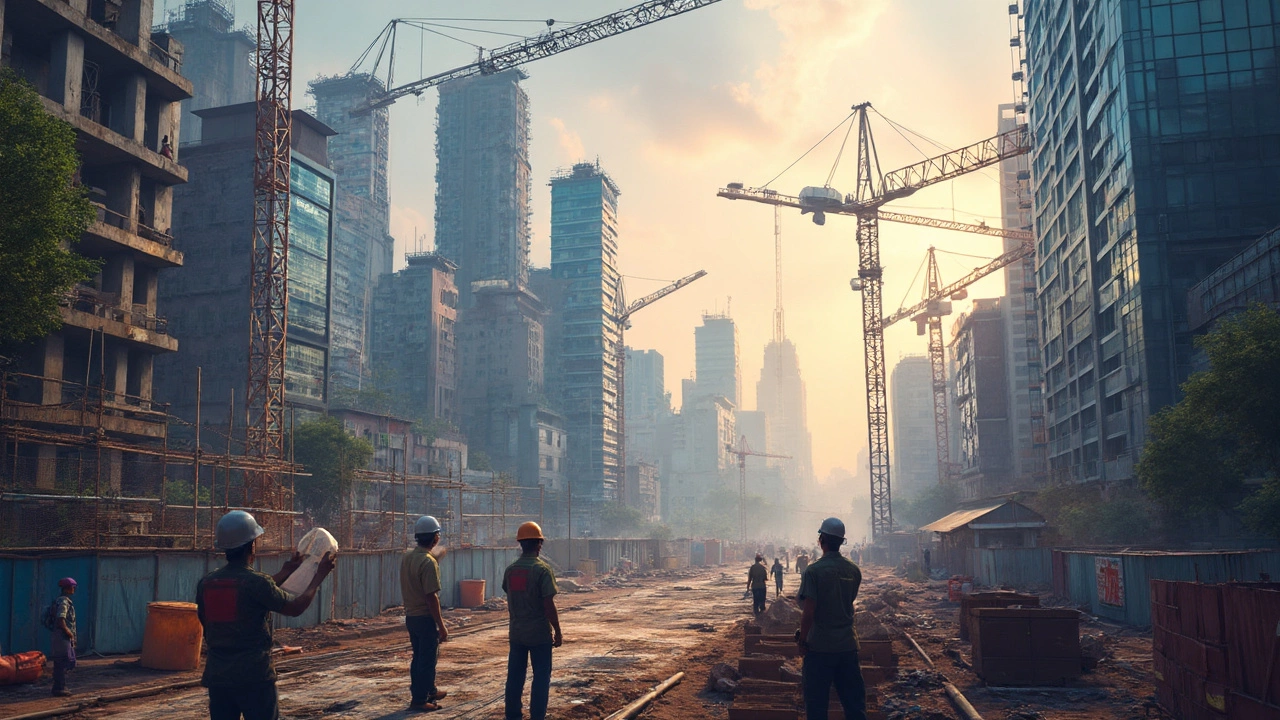
9 May
Wondering what a 'commercial project' really means in the world of construction? This article breaks down the concept, explains the key differences from other types of projects, and highlights crucial factors that shape every commercial build. You'll see why regulations, budgets, and design play such vital roles and get some smart tips if you're starting one yourself. Whether you're a business owner or just curious about how things get built, you'll get real-world info you can use.
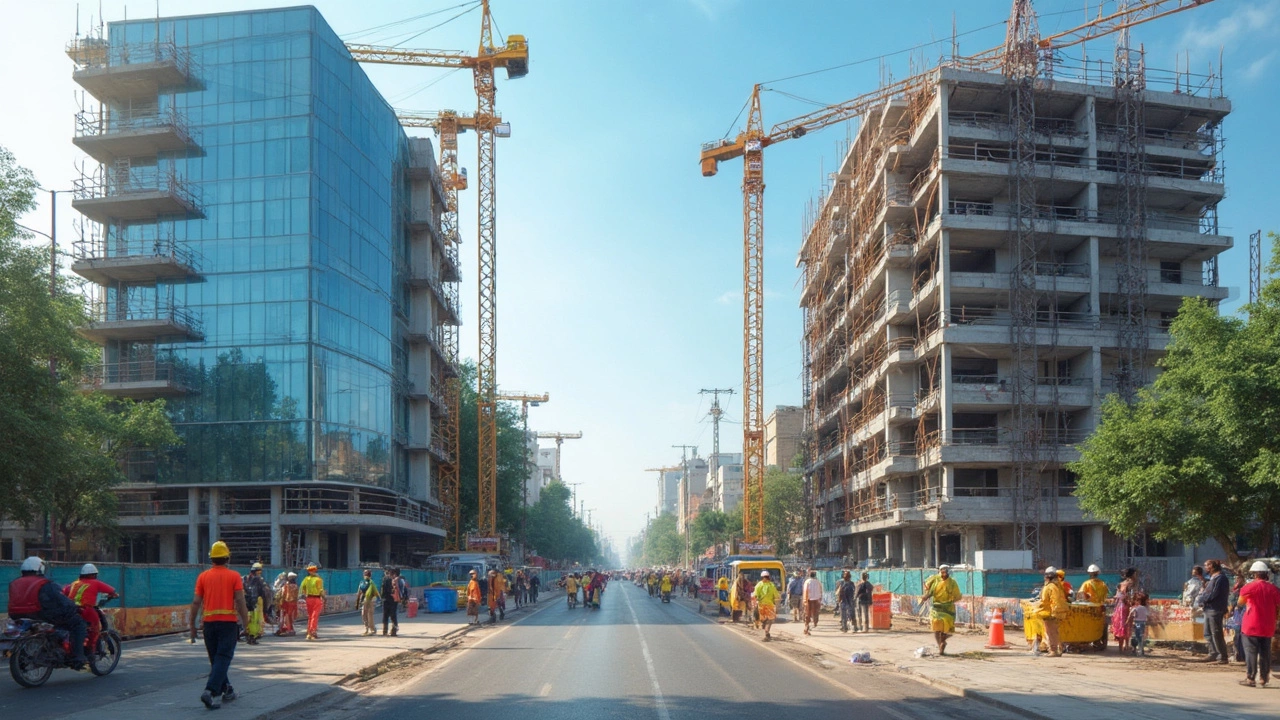
7 May
People often wonder if construction projects are classed as commercial or non-commercial. This article breaks down what actually makes a construction project 'commercial,' explains the differences, gives examples, and lays out some tips for spotting which category a building falls into. If you're curious about the industry or thinking of starting a project, you'll get clear, practical info right here. No confusing jargon—just straight talk about how the construction world sorts things out.

23 March
When it comes to commercial buildings, the type of construction plays a crucial role in determining the building's durability, purpose, and cost-effectiveness. Various methods like steel framing, reinforced concrete, and prefabricated construction dominate the industry due to their reliability and efficiency. Choosing the right construction type depends on factors such as location, intended use, and budget constraints. Understanding these components can significantly impact the decision-making process in commercial construction projects.

19 March
While both civil and commercial construction projects share similarities in terms of planning and building processes, they serve different purposes. Civil construction focuses on infrastructure projects like highways and bridges, while commercial construction involves building environments where business takes place, such as malls and office buildings. Understanding these distinctions is crucial for contractors, developers, and stakeholders in making informed decisions. The nuances of project scope, regulation, and typical challenges are essential knowledge for industry professionals.

21 February
Industrial and commercial construction might sound similar, but they cater to different needs and industries. Industrial construction usually deals with factories or large-scale manufacturing plants, focusing on heavy machinery and technical specifications. On the other hand, commercial construction is about retail spaces, offices, and service industry facilities. Understanding the distinctions helps in planning and execution of construction projects effectively.

12 February
Commercial construction involves several methods, each suited to different types of projects and conditions. Understanding these methods is crucial for efficient management and successful project delivery. The primary techniques include traditional building, prefabrication, and sustainable construction. Knowing when and how to apply these can save time and cost while enhancing building quality. This article explores the key methods, offering practical insights and tips.

30 January
Dive into the fascinating realm of commercial construction, where architecture and functionality unite. This article explores various types of commercial structures and the key construction methods employed in bringing them to life. Learn about the differences between steel and concrete constructions, discover unique facts about sustainable building practices, and get practical tips for choosing the right type of structure for your commercial needs.